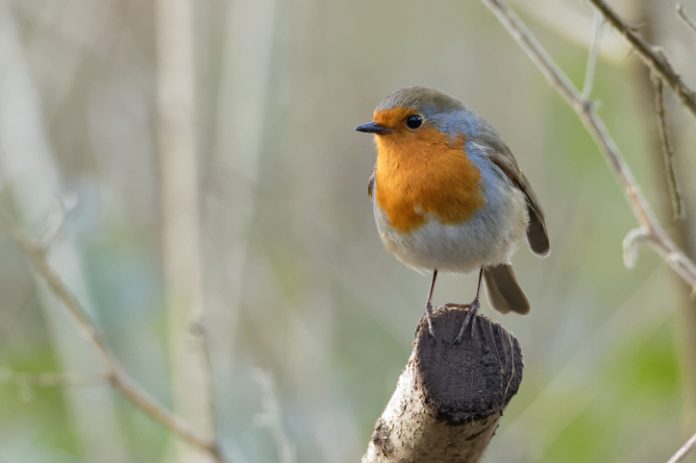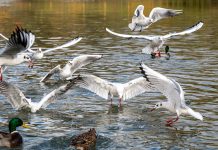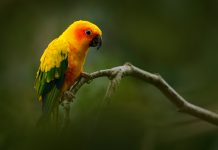Woodland birds in the UK are experiencing a sharp decrease in their numbers, and unless the government takes action, some species could face the threat of extinction
According to data from the Department for Environment, Food and Rural Affairs (Defra), almost all bird species in the UK are experiencing a decrease in their population, despite repeated warnings from environmental organisations about the need to protect habitats and preserve these species.
Campaigners for bird conservation emphasise the immediate necessity to reverse the trend of declining biodiversity. Woodland birds are particularly affected, with their population indicator showing a 37% decrease since 1970 and a 15% decline in just the past five years.
Bird population indicators have decreased by 6% in the last five years and 15% since 1970. Over the past five years, only three species within the woodland bird category have shown an increase – blackcap, nightingale, and nuthatch – while 23 others have experienced a decline.
The cause of the decline
According to the government, factors causing the woodland bird decline include:
- Increased deer browsing pressure, which reduces habitats for foraging and nesting.
- Removal of hedgerows and cutting down woodland removes habitat, causing declines.
- Defra stated that the restoration of woodland would have a positive impact on species.
Over the past five years, the index has witnessed a 15% decrease, with only three birds showing an increase while 23 experiencing a decline. The decline in bird populations is largely due to various factors related to land use and climate change that put significant pressure on woodland birds and their overall population.
Wet woodlands
Willow tits are birds that thrive in scrubby and often wet woodlands that have a lot of variety. Unfortunately, due to the decline in active woodland management over many years, along with burgeoning deer populations that browse out the lower vegetation, we are losing the scrubby under-storey that these birds need.
Soils are drying out with climate change, and woods are becoming increasingly fragmented with development pressure. All these factors are leading to a decline in the habitat of the willow tits.
Combating the issue
Experts have called for more action to protect farmland birds as they have faced a 60% drop since 1970, despite a less pronounced recent decline of 8% compared to woodland species.
According to the RSPB, the conservation efforts made by charities have prevented the steeper declines of the bird population. Although some birds with fewer than 500 pairs, like the bittern and white-tailed eagle, were not included in the indicators, conservation efforts have significantly improved their numbers. So, the conservation efforts are helping some of the rarest birds in the UK.
Editor's Recommended Articles
-
Must Read >> How has climate change effected birds’ bodies?













